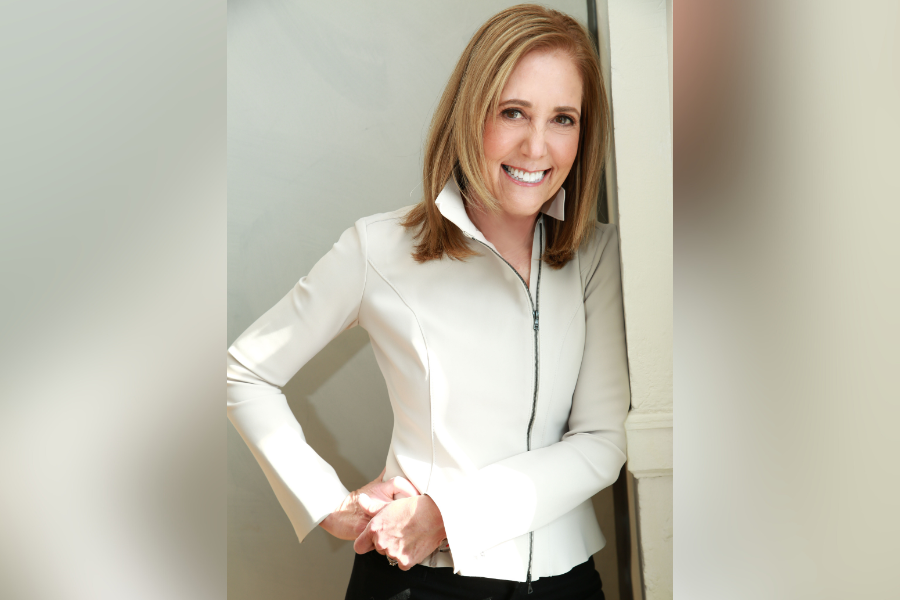Taking value into account could improve target-date results: study
Target-date funds can improve outcomes by using relatively simple dynamic swings in their asset allocation – but the…
Target-date funds can improve outcomes by using relatively simple dynamic swings in their asset allocation – but the biggest improvement comes from simply saving more.
Peter Chiappinelli and Ram Thirukkonda of the Grantham, Mayo & Van Otterloo LLC asset allocation team authored the study, which examined the outcome over a 40-year period with several variations of asset allocation. The GMO study assumed an employee, who began working at age 25 at $10,000 a year, experienced annual salary increases of 1.5% until her retirement at 65. The baseline assumption was that the employee saved 6% of her salary a year, and that the company matched 50%, up to 6% of salary.
“We wanted to replicate 40 years of performance to mimic typical accumulation, and the only good data went back to 1975,” said Mr. Chiappinelli. He and Thirukkonda used the CRSP Survivor-Bias-Free U.S. Mutual Fund Database for their mutual fund calculations, and used a mixture of six asset classes for their baseline: U.S. large-cap stocks, U.S. small-cap stocks, international equity, emerging equity, U.S. investment grade bonds and cash. All were passively managed. The overall allocation started at 90% stocks and glided down to 50% at retirement.
The baseline fund had a total of $629,000 in the account after 40 years. Actively managed funds, using a variety of methods to choose among them, underperformed the passively managed baseline by sums ranging from $83,000 to $3,000. “It is clear from the scoreboard that active management across this time frame, using admittedly simple backward-looking metrics, did not add value,” the authors wrote. “The take-away: Plan sponsors should not obsess about open-architecture or “best-in-breed” active frameworks.”
What did seem to add value, however, was a dynamic glidepath that used the Case-Shiller PE (CAPE) as a guideline for the amount of U.S. large-company stocks. A high CAPE meant that stocks were overpriced and unlikely to produce big future returns. A low CAPE indicated the opposite. “This metric is highly correlated with future returns,” Mr. Chiappinelli said.
The biggest difference, of course, was made by increasing the amount saved. “We weren’t trying to prove that if you put more in you’d have more at the end of the day,” Mr. Chiappinelli said. “We did want to see the magnitude of the direction.”
Naturally, the study has drawbacks: It examines only one 40-year period, and no actual target-date funds existed in 1975.
What was the inspiration for the study?
“Target-date funds solve a problem, but it’s a human one, not an investment one,” Mr. Chiappinelli said. “We were trying to get the investment community to think about what to focus on in a cold, scientific manner.”
One takeaway: The current CAPE is nearly as high as it was in October 1929, Mr. Chiappinelli said. “We’re within whispering distance of that. And what do most target funds do with that information? Nothing.”
Learn more about reprints and licensing for this article.








